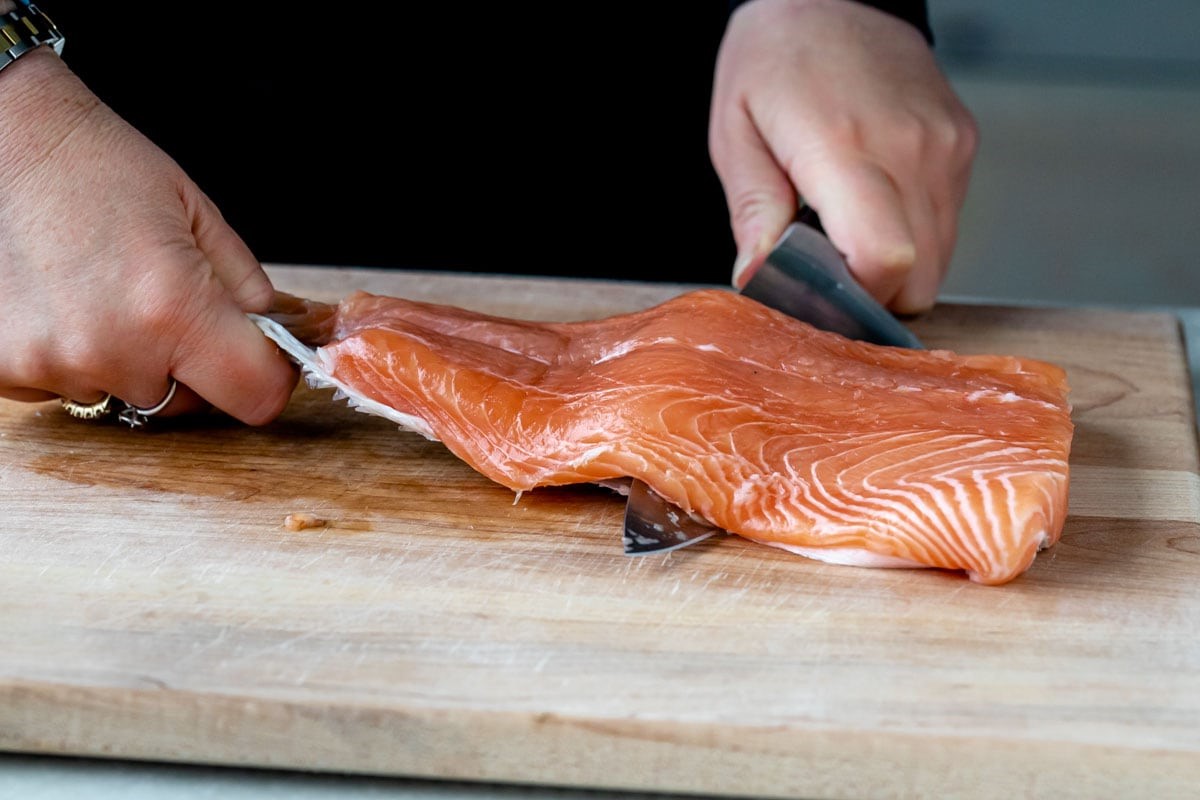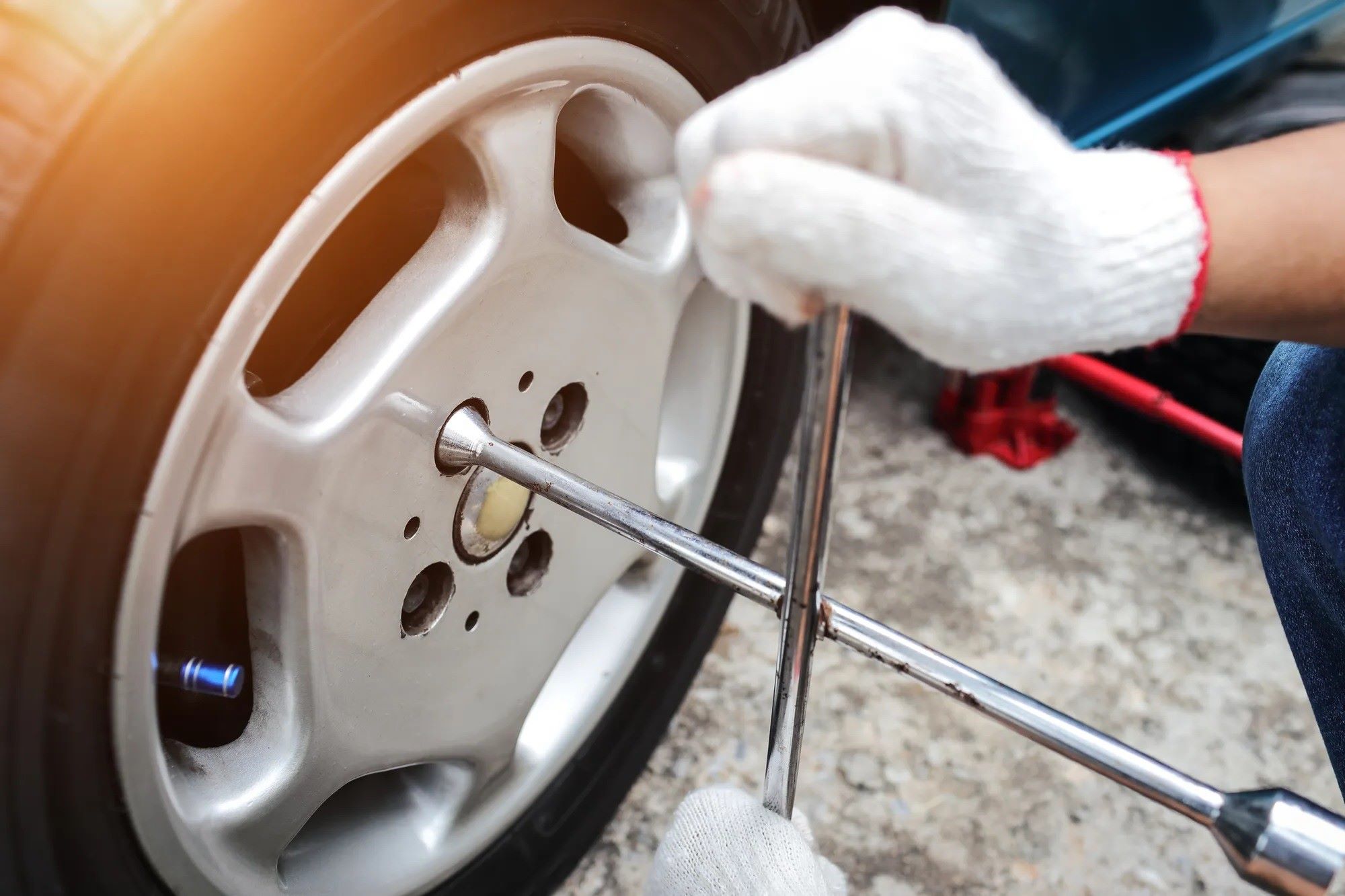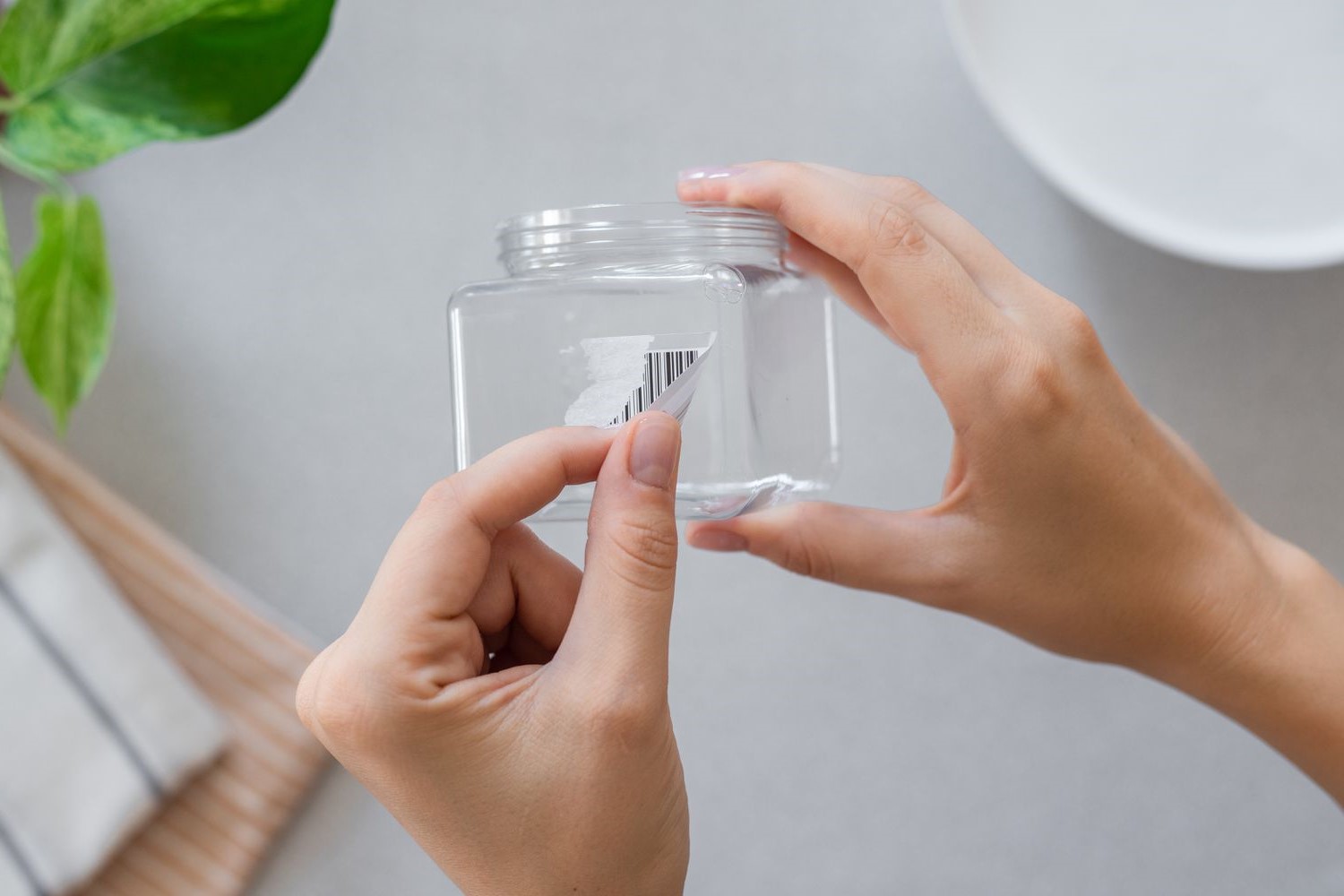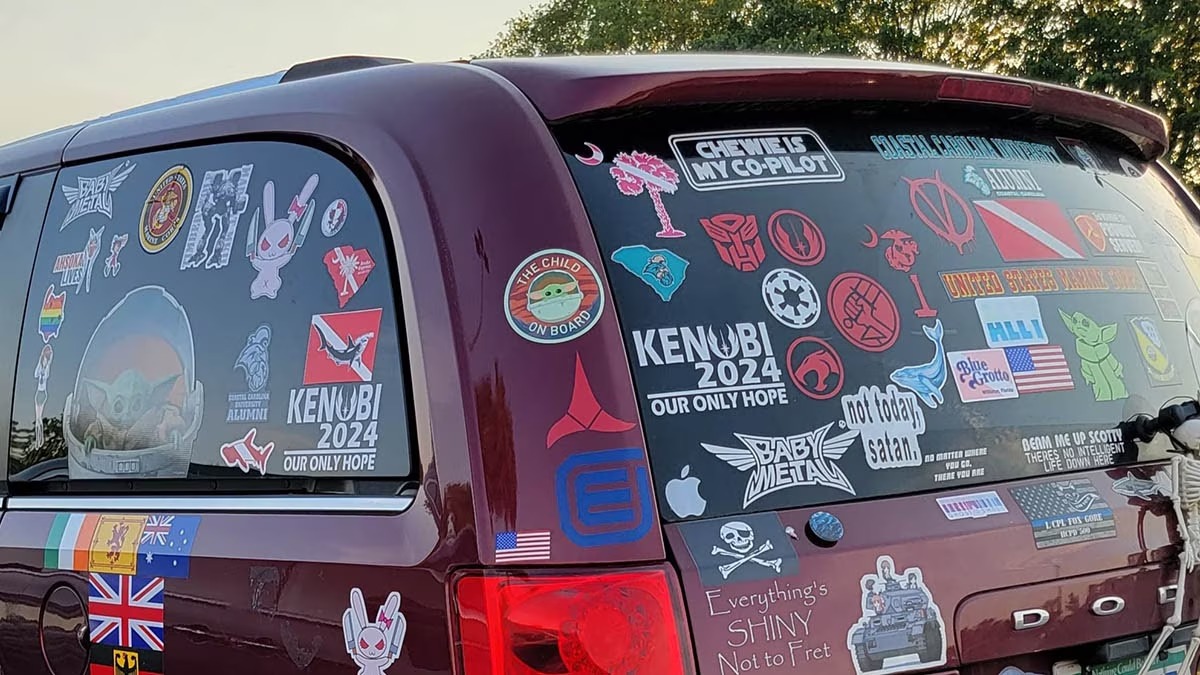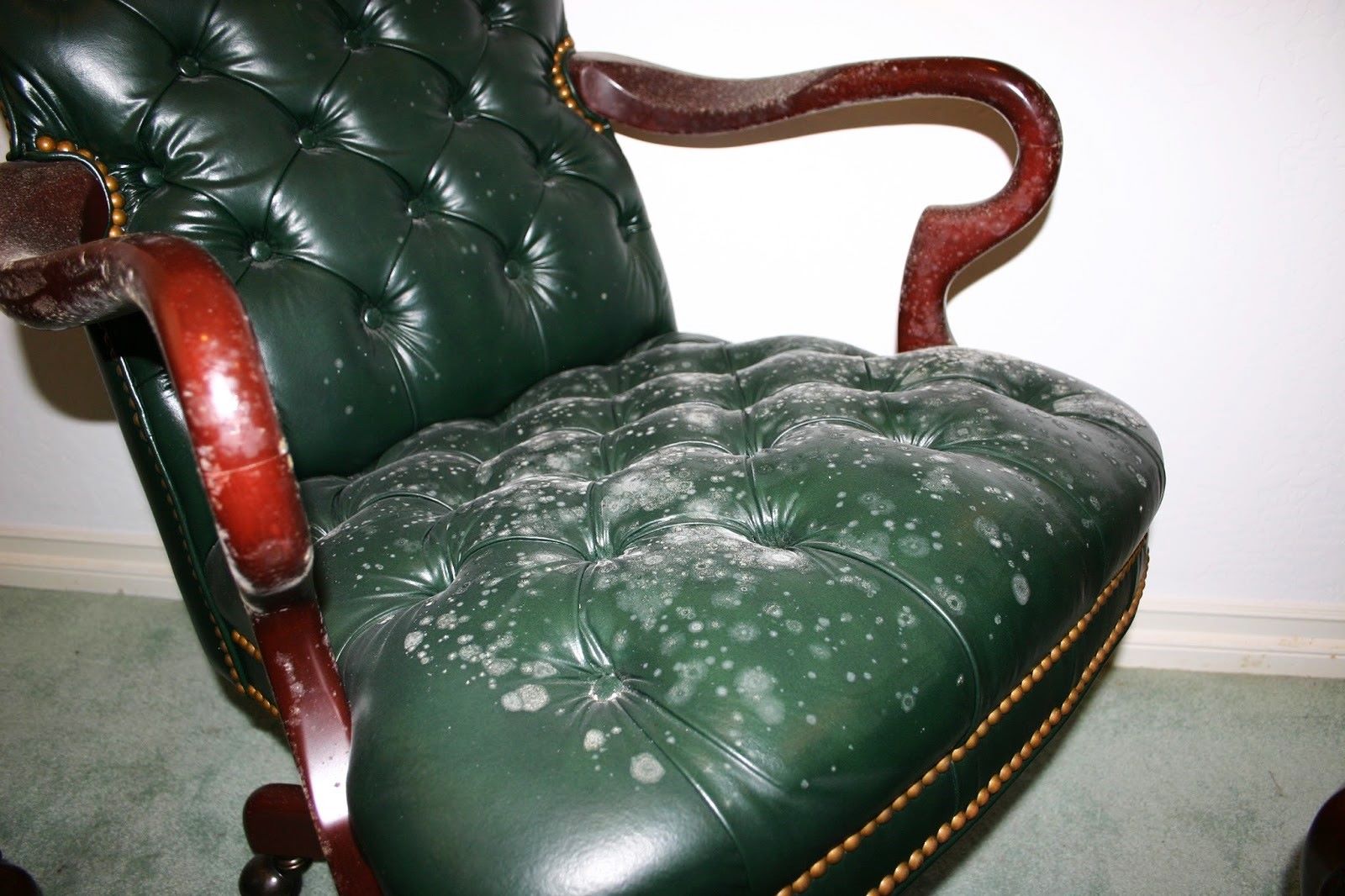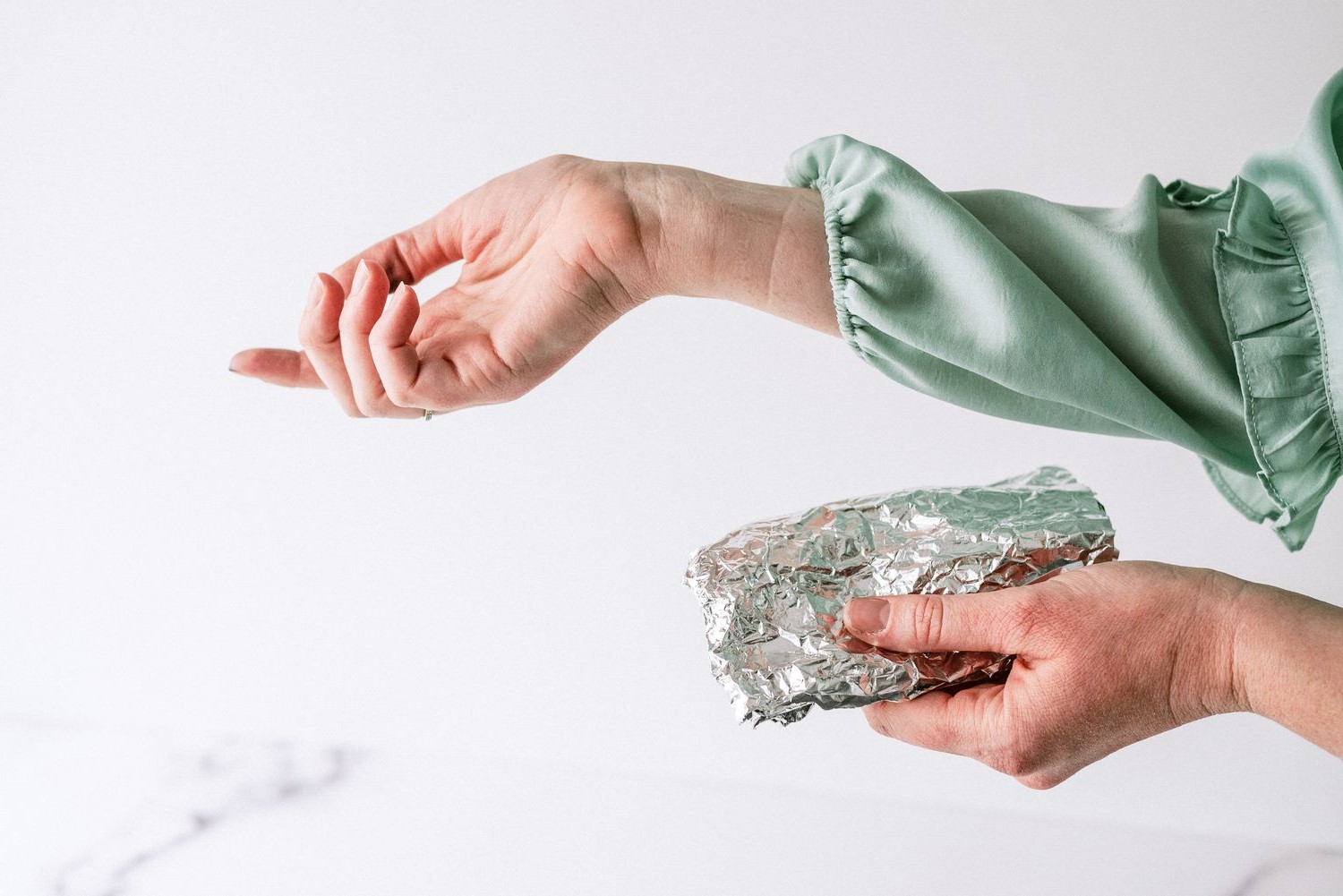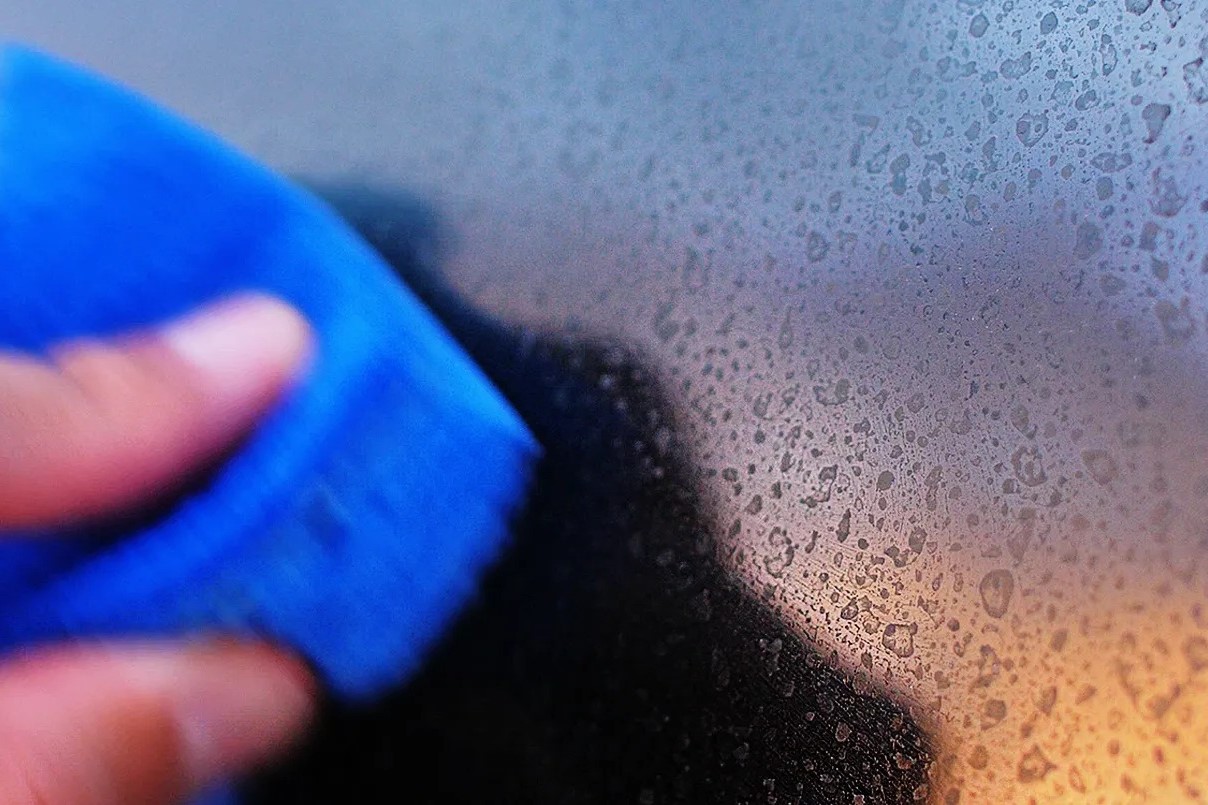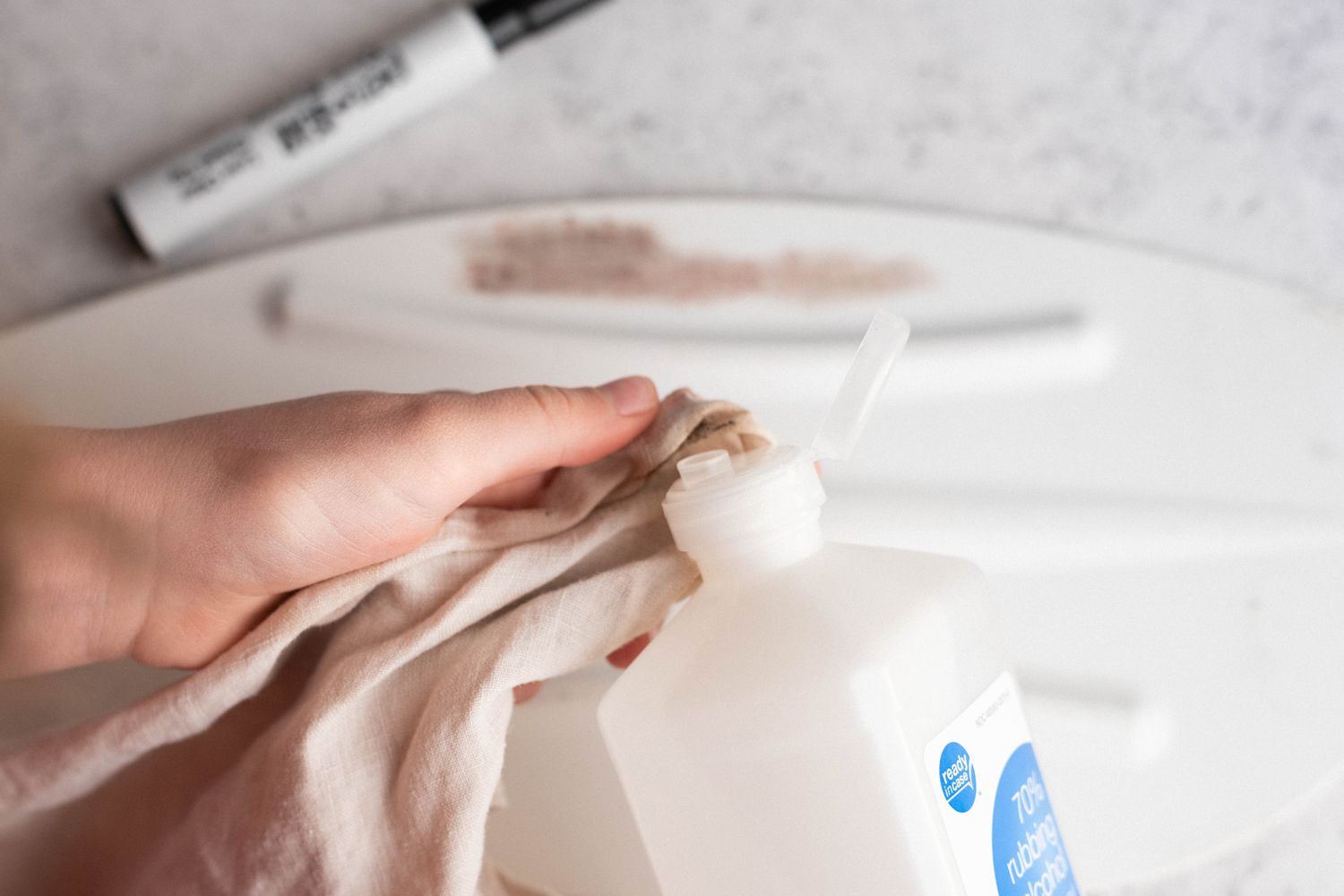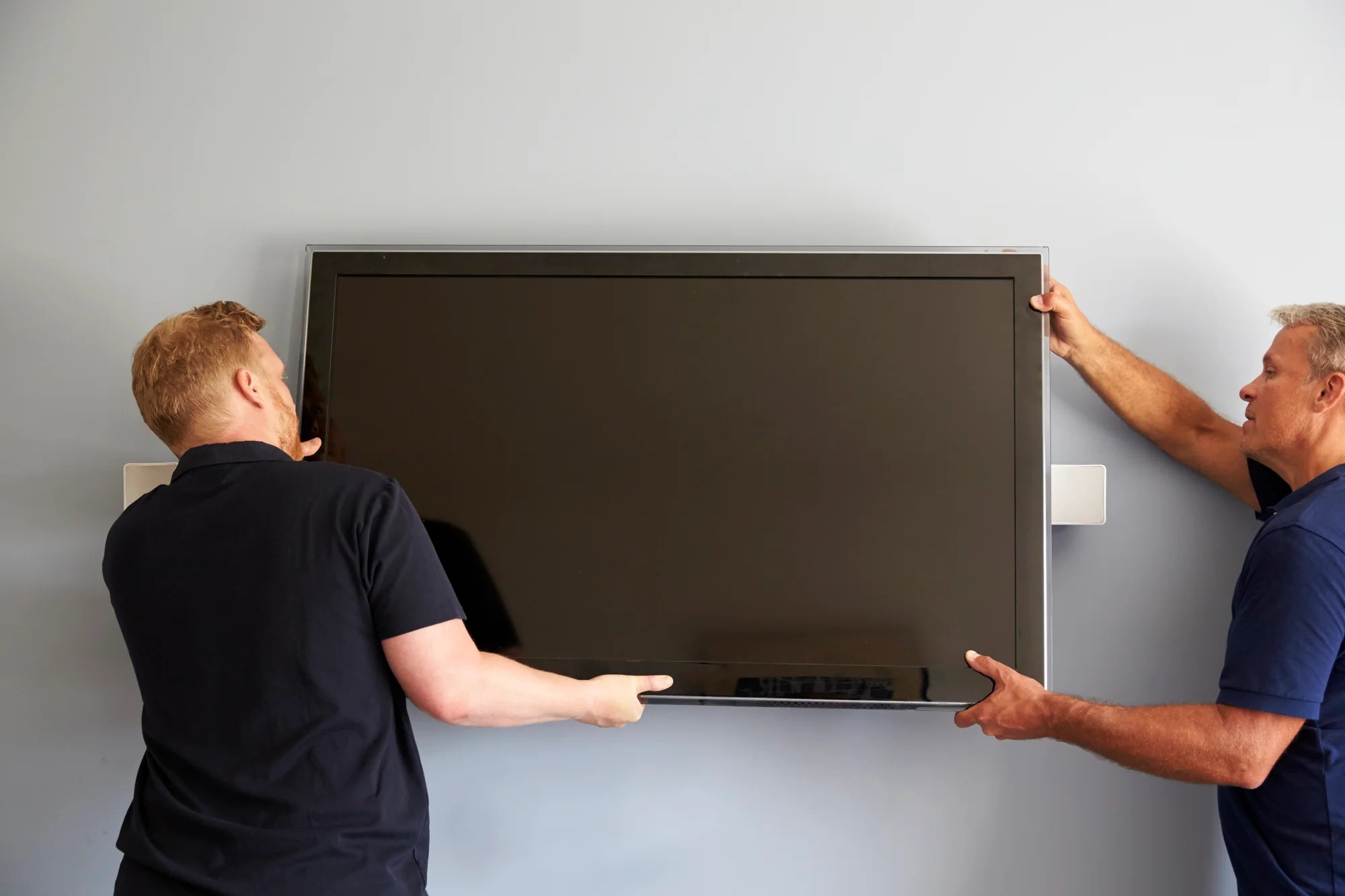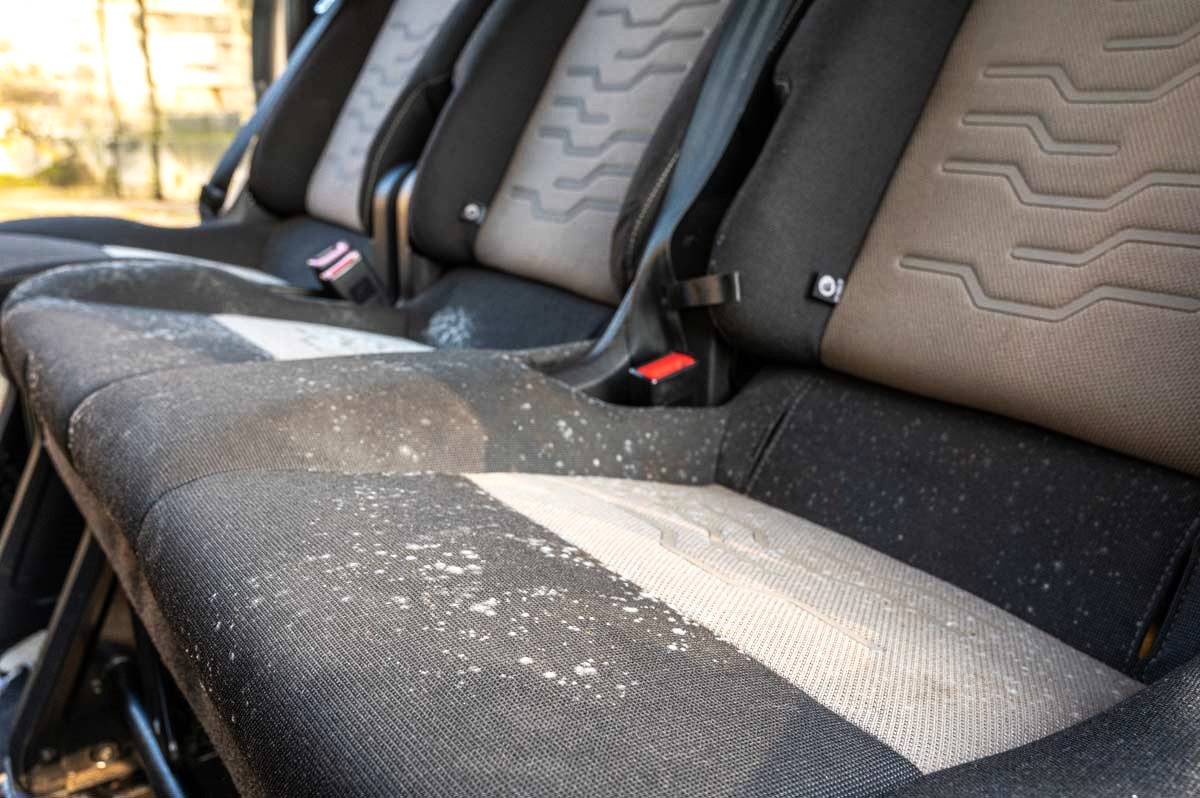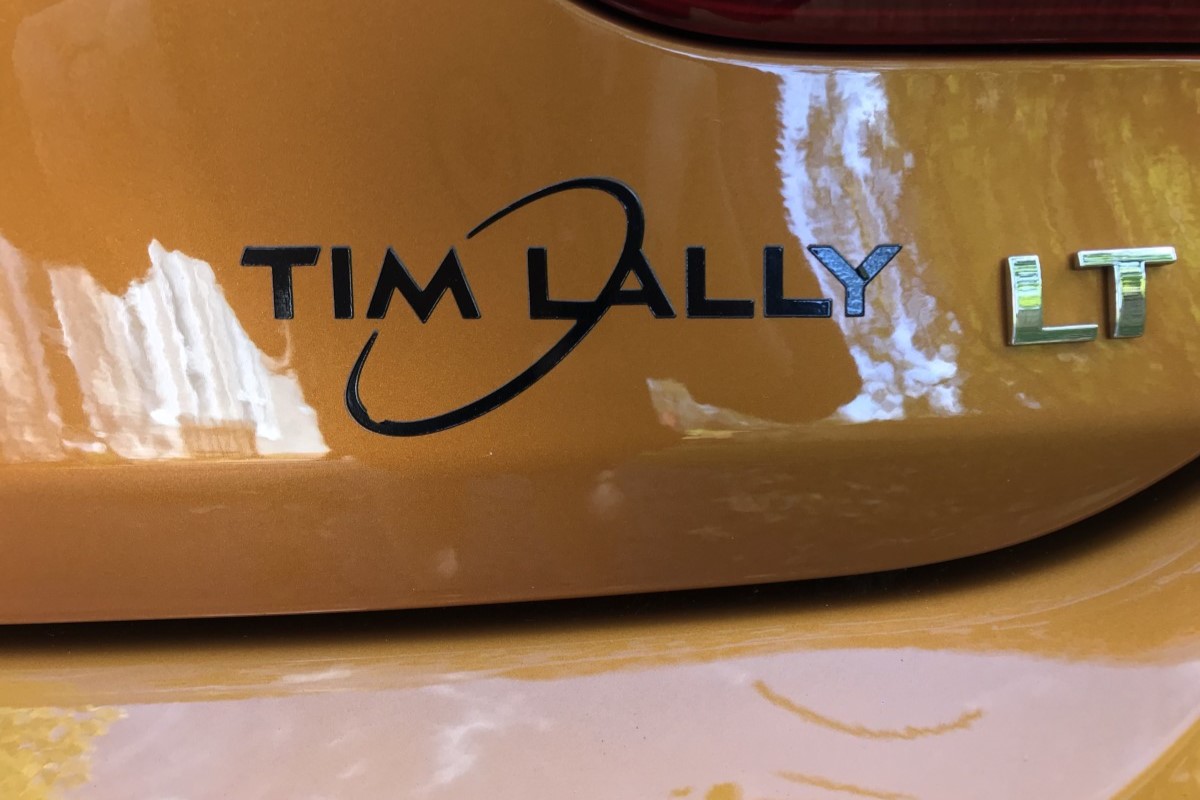Home>Home and Garden>How To Remove Rust From A Gun
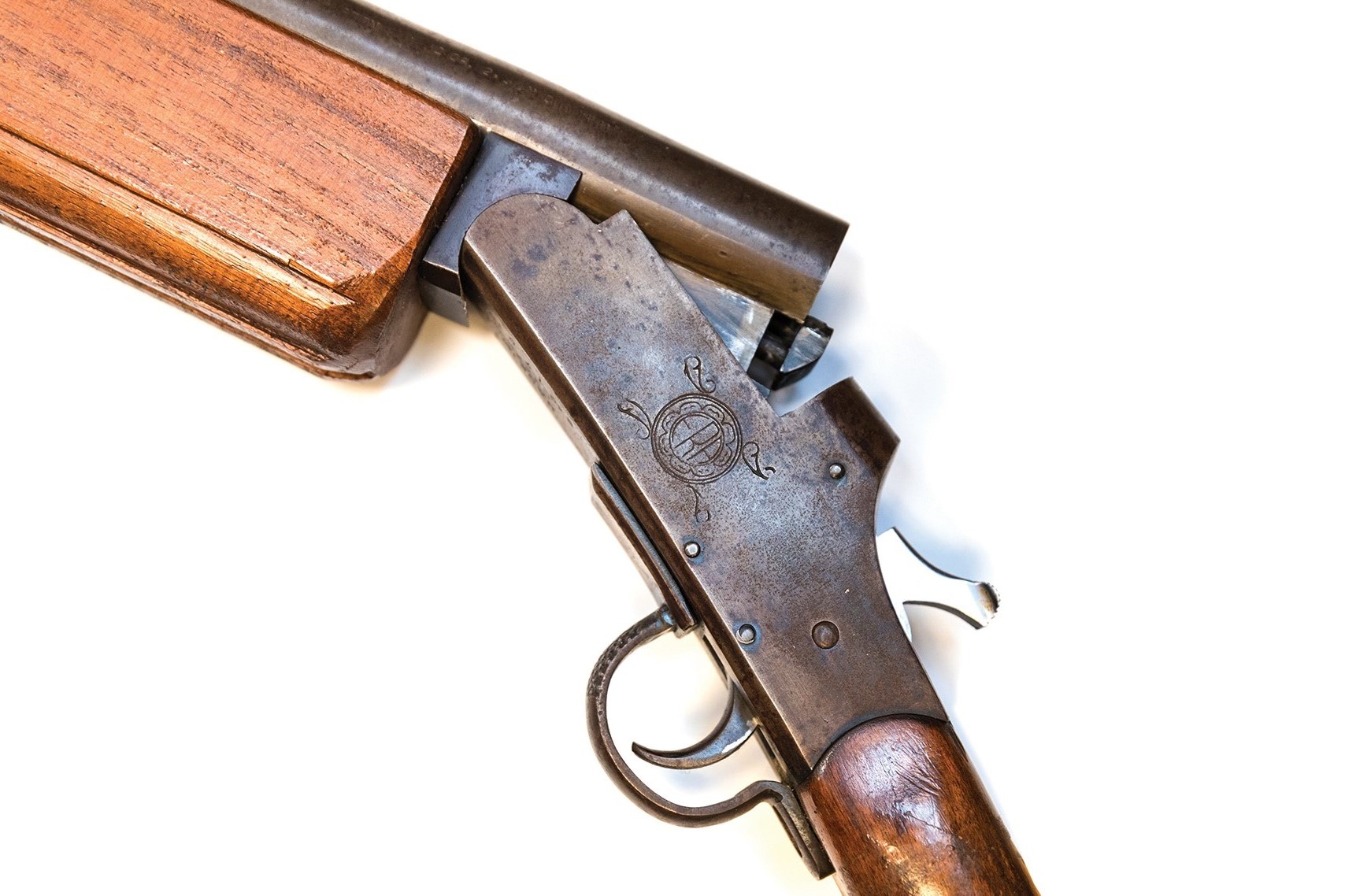

Home and Garden
How To Remove Rust From A Gun
Published: March 1, 2024
Learn effective methods for removing rust from your gun at home. Keep your firearms in top condition with these home and garden rust removal tips.
(Many of the links in this article redirect to a specific reviewed product. Your purchase of these products through affiliate links helps to generate commission for Noodls.com, at no extra cost. Learn more)
Table of Contents
Introduction
Rust is the bane of every gun owner's existence. Whether you're a seasoned hunter, a dedicated sports shooter, or a collector of firearms, dealing with rust on your guns can be a frustrating and disheartening experience. Not only does rust detract from the aesthetic appeal of your prized firearms, but it can also compromise their functionality and performance. However, fear not, as there are effective methods to remove rust and restore your guns to their former glory.
In this comprehensive guide, we will delve into the intricacies of rust on guns and provide you with a step-by-step approach to effectively remove rust and prevent its recurrence. By understanding the nature of rust and employing the right tools and techniques, you can safeguard your firearms from the damaging effects of corrosion.
So, whether you've unearthed a vintage rifle from your grandfather's attic, discovered surface rust on your favorite shotgun, or encountered corrosion on your concealed carry handgun, this guide will equip you with the knowledge and skills to tackle rust head-on. With a bit of patience, elbow grease, and the right know-how, you can ensure that your firearms remain in top condition for years to come.
Now, let's roll up our sleeves and embark on a journey to banish rust from your guns, restoring them to their pristine state and preserving their integrity. Whether you're a seasoned gun enthusiast or a novice firearm owner, this guide will empower you to conquer rust and uphold the beauty and functionality of your cherished guns.
Read more: How To Remove Rusted Screws
Understanding Rust on Guns
Rust, scientifically known as iron oxide, is a pervasive and detrimental form of corrosion that can afflict firearms, particularly those made of steel. When exposed to moisture and oxygen, the iron in steel undergoes a chemical reaction, resulting in the formation of rust. This process is accelerated in environments with high humidity or fluctuating temperatures, making guns susceptible to corrosion if not properly maintained.
Understanding the nature of rust is crucial for gun owners, as it enables them to recognize the early signs of corrosion and take proactive measures to mitigate its impact. Surface rust, characterized by a reddish-brown discoloration on the exterior of the gun, is often the initial indication of corrosion. If left unchecked, surface rust can progress to deeper layers of the metal, compromising its structural integrity and functionality.
In addition to compromising the aesthetic appeal of firearms, rust can impede the smooth operation of moving parts, such as triggers, slides, and barrels. This can lead to malfunctions and decreased accuracy, posing a safety risk to the user. Furthermore, rust can cause pitting and erosion on the metal surface, further exacerbating the damage and diminishing the value of the firearm.
Preventing rust on guns involves understanding the environmental factors that contribute to corrosion, such as exposure to moisture, prolonged storage in damp conditions, and neglecting proper cleaning and maintenance routines. By comprehending the underlying causes of rust, gun owners can implement preventive measures, such as storing firearms in a controlled environment, applying protective coatings, and conducting regular inspections and cleaning.
In essence, understanding rust on guns entails recognizing its destructive potential and taking proactive steps to safeguard firearms from corrosion. By gaining insight into the mechanisms of rust formation and its detrimental effects, gun owners can effectively combat this pervasive threat and preserve the longevity and performance of their cherished firearms.
Tools and Materials Needed
When embarking on the journey to remove rust from your guns, having the right tools and materials at your disposal is paramount. Equipping yourself with the appropriate implements will streamline the rust removal process and ensure that you can effectively restore your firearms to their former glory. Here's a comprehensive list of the essential tools and materials you'll need to tackle rust on your guns:
Tools:
-
Screwdrivers and Allen Wrenches: These tools are indispensable for disassembling your gun, allowing you to access all the components and remove rust from hard-to-reach areas.
-
Nylon or Brass Brushes: Utilize these non-abrasive brushes to gently scrub away surface rust without causing damage to the metal finish of your firearms.
-
Steel Wool or Abrasive Pads: For more stubborn rust, having fine-grade steel wool or abrasive pads can aid in removing deeper corrosion while being mindful of not scratching the metal surface.
-
Cotton Swabs and Q-Tips: These precision cleaning tools are ideal for applying rust remover solutions to specific areas and intricate parts of the gun.
-
Soft Cloths and Microfiber Towels: Use lint-free cloths and microfiber towels to wipe down the gun and apply protective coatings after rust removal.
-
Dremel Rotary Tool (Optional): In cases of extensive rust or pitting, a Dremel rotary tool with a brass brush attachment can be employed to delicately remove corrosion and restore the metal surface.
Materials:
-
Rust Remover Solution: Invest in a high-quality rust remover solution, such as a phosphoric acid-based product, to effectively dissolve and eliminate rust from the metal surfaces of your guns.
-
Gun Oil or Lubricant: After removing rust, it's crucial to lubricate the components of your firearms with a reliable gun oil to prevent future corrosion and ensure smooth operation.
-
Protective Coating: Consider applying a protective coating, such as a gun-specific wax or oil, to safeguard the metal from moisture and oxidation, thereby reducing the risk of future rust formation.
-
Safety Gear: Prioritize safety by wearing protective gloves, safety glasses, and working in a well-ventilated area when using rust remover solutions and protective coatings.
By assembling these essential tools and materials, you'll be well-equipped to undertake the rust removal process with confidence and precision. With the right implements at your disposal, you can effectively combat rust on your guns and preserve their integrity for years to come.
Read more: The Ultimate Guide To Pellet Guns: Unveiling The Key Differences From Traditional BB Guns
Step 1: Disassemble the Gun
Disassembling the gun is the crucial first step in the process of removing rust. By breaking down the firearm into its individual components, you gain access to all the nooks and crannies where rust may have taken hold. Before beginning the disassembly, it's essential to ensure that the gun is unloaded and that there are no live rounds in the vicinity. Safety should always be the top priority when handling firearms.
Start by referring to the manufacturer's manual for specific disassembly instructions tailored to your firearm model. Use the appropriate screwdrivers and Allen wrenches to carefully remove the grips, stocks, and any other external components. Once the external parts are detached, proceed to disassemble the internal mechanisms, such as the slide, barrel, and trigger assembly, following the prescribed steps in the manual.
As you disassemble the gun, take note of the arrangement and orientation of the components, as this will facilitate reassembly later on. Lay out the parts methodically, ensuring that they are organized and easily identifiable. This meticulous approach will streamline the rust removal process and prevent any confusion when putting the gun back together.
By disassembling the gun, you create a clear path to address rust in hard-to-reach areas and intricate components. This comprehensive approach ensures that no surface is left untreated, allowing for thorough rust removal and restoration of the firearm's integrity. With the gun disassembled, you are now ready to proceed to the next step in the rust removal process, armed with a clear understanding of the gun's internal workings and the extent of the corrosion.
Disassembling the gun may seem daunting at first, especially for those new to firearm maintenance, but by following the manufacturer's guidelines and exercising patience and precision, you can successfully navigate this crucial step. With the gun broken down into its constituent parts, you are well-positioned to embark on the subsequent stages of rust removal, ultimately revitalizing your firearm and safeguarding it from the perils of corrosion.
Step 2: Remove Surface Rust
With the gun disassembled, the next phase involves addressing the surface rust that has marred the exterior of the firearm. Surface rust, characterized by its reddish-brown appearance, is typically less severe than deep-seated corrosion but requires prompt attention to prevent further deterioration. To effectively remove surface rust, a methodical approach and the right tools and materials are essential.
Begin by inspecting the affected areas of the gun for signs of surface rust, paying close attention to crevices, grooves, and intricate patterns where moisture and oxygen may have facilitated corrosion. Using a nylon or brass brush, gently scrub the rusted areas in a circular motion, applying light pressure to avoid damaging the metal finish. For stubborn rust, a fine-grade steel wool or abrasive pad can be employed, ensuring that the metal surface is not scratched or abraded in the process.
As you work on removing surface rust, periodically wipe the area with a soft cloth or microfiber towel to assess the progress and prevent the loosened rust particles from resettling on the metal. It's important to exercise patience and diligence, as thorough rust removal may require multiple iterations of brushing and wiping to achieve the desired results.
In cases where the surface rust is extensive or deeply ingrained, a rust remover solution can be utilized to dissolve the corrosion and facilitate its removal. Apply the rust remover solution to the affected areas using a cotton swab or Q-tip, allowing it to penetrate the rust and loosen its grip on the metal surface. After a brief dwell time, gently scrub the treated areas with a brush or abrasive pad, gradually lifting the dislodged rust particles.
Once the surface rust has been effectively removed, thoroughly clean the gun with a mild solvent to eliminate any residual rust remover solution and prevent chemical residues from compromising the metal finish. Following the cleaning process, ensure that the gun is completely dry before proceeding to the next phase of rust removal.
By methodically addressing surface rust with the appropriate tools and techniques, you can restore the exterior of the firearm to its original luster and mitigate the risk of further corrosion. With the surface rust successfully eradicated, you are now prepared to tackle the more challenging task of removing deep-seated rust and revitalizing the internal components of the gun.
Step 3: Remove Deep Rust
Addressing deep-seated rust within the internal components of a firearm demands a meticulous and targeted approach to effectively eliminate corrosion and restore the metal surfaces to their original state. Deep rust, often concealed within intricate mechanisms and hard-to-reach areas, poses a significant challenge, requiring specialized tools and techniques to facilitate its removal.
To commence the process of removing deep rust, it is imperative to thoroughly inspect the disassembled components of the gun, paying close attention to areas where moisture and oxidation may have precipitated corrosion. Components such as the barrel, trigger assembly, and slide are common sites for deep rust formation, necessitating focused attention to ensure comprehensive rust removal.
Utilizing a rust remover solution tailored for deep rust penetration, apply the solution to the affected components, allowing it to permeate the corrosion and weaken its bond with the metal surface. This dwell time is crucial in loosening the deep rust, making it more amenable to removal without causing damage to the underlying metal.
Following the application of the rust remover solution, employ a combination of nylon or brass brushes, along with fine-grade steel wool or abrasive pads, to delicately scrub the affected areas. Exercise caution and precision to avoid inadvertently abrading the metal surface, as deep rust removal requires a delicate balance between thoroughness and preservation of the underlying material.
In cases where the deep rust has resulted in pitting or erosion, a Dremel rotary tool with a brass brush attachment can be utilized to gently abrade the affected areas, gradually restoring the metal surface to its original smoothness. This meticulous approach is essential in addressing the structural integrity of the components and preventing further deterioration due to deep-seated corrosion.
Once the deep rust has been effectively removed, meticulously clean the components with a mild solvent to eliminate any residual rust remover solution and ensure that the metal surfaces are free from chemical residues. Thorough drying of the components is paramount to prevent the onset of new corrosion, thereby preserving the integrity and functionality of the firearm.
By methodically addressing deep rust with precision tools and targeted techniques, gun owners can revitalize the internal components of their firearms, ensuring that corrosion does not compromise the performance and longevity of their cherished guns. With deep rust successfully eradicated, the final phase of the rust removal process involves implementing preventive measures to safeguard the firearm from future corrosion, thereby preserving its pristine condition for years to come.
Step 4: Preventing Future Rust
Having invested time and effort into removing rust from your guns, it's imperative to implement preventive measures to safeguard them from future corrosion. By proactively addressing the underlying causes of rust formation and adopting protective strategies, gun owners can ensure that their firearms remain in optimal condition for the long term.
One of the most effective ways to prevent future rust is to establish a meticulous cleaning and maintenance routine for your firearms. After each use, thoroughly clean and dry the gun to remove any residual moisture, powder residue, or debris that could contribute to corrosion. Regularly inspect the metal surfaces for signs of oxidation, addressing any early indications of rust before it escalates into a more severe problem.
Applying a high-quality gun oil or lubricant to the metal surfaces provides a protective barrier against moisture and oxidation, significantly reducing the risk of rust formation. Ensure that the lubricant is evenly distributed across all components, including the barrel, slide, and trigger assembly, to create a resilient shield against environmental elements.
Storing firearms in a controlled environment is paramount in preventing rust. Choose a storage area that maintains consistent temperature and humidity levels, minimizing the exposure of guns to moisture-laden air. Investing in a dehumidifier or utilizing desiccant packs within gun safes can further mitigate the risk of corrosion by reducing ambient humidity.
Consider applying a protective coating, such as a specialized gun wax or oil, to the metal surfaces of your firearms. These coatings form a durable shield that repels moisture and inhibits oxidation, effectively safeguarding the guns from the detrimental effects of environmental factors.
Regularly inspect and maintain the protective coatings on your firearms, ensuring that they remain intact and effective in preventing rust. Reapply the protective coating as needed, especially after cleaning or exposure to adverse conditions, to uphold its efficacy in preserving the metal surfaces.
By integrating these preventive measures into your firearm maintenance regimen, you can fortify your guns against the insidious threat of rust, preserving their aesthetic appeal, functionality, and value. With a proactive approach to rust prevention, you can enjoy the peace of mind that comes with knowing your cherished firearms are shielded from the corrosive forces of nature.
Conclusion
In conclusion, the battle against rust on guns is a multifaceted endeavor that demands a combination of knowledge, diligence, and the right tools and materials. By understanding the nature of rust and its detrimental effects on firearms, gun owners can proactively address corrosion and preserve the integrity and functionality of their cherished guns.
The process of removing rust from guns encompasses a systematic approach, beginning with the disassembly of the firearm to gain access to all components and intricate areas where rust may have taken hold. Addressing surface rust requires meticulous scrubbing and the application of rust remover solutions, while deep-seated rust demands targeted techniques and precision tools to effectively eradicate corrosion from internal components.
Furthermore, preventing future rust is paramount in safeguarding firearms from the insidious effects of corrosion. Establishing a rigorous cleaning and maintenance routine, applying protective coatings, and storing guns in a controlled environment are essential preventive measures that fortify firearms against the pervasive threat of rust.
By integrating these strategies into their firearm maintenance regimen, gun owners can ensure that their guns remain in optimal condition, free from the damaging effects of corrosion. Whether it's a treasured family heirloom, a reliable hunting rifle, or a prized collectible, every firearm deserves the care and attention necessary to combat rust and preserve its longevity and value.
Ultimately, the journey to remove rust from guns is a testament to the dedication and passion of gun owners in upholding the beauty and functionality of their firearms. With the knowledge and skills acquired from this comprehensive guide, individuals can embark on the mission to banish rust from their guns, restoring them to their former glory and ensuring that they remain steadfast companions for generations to come.
